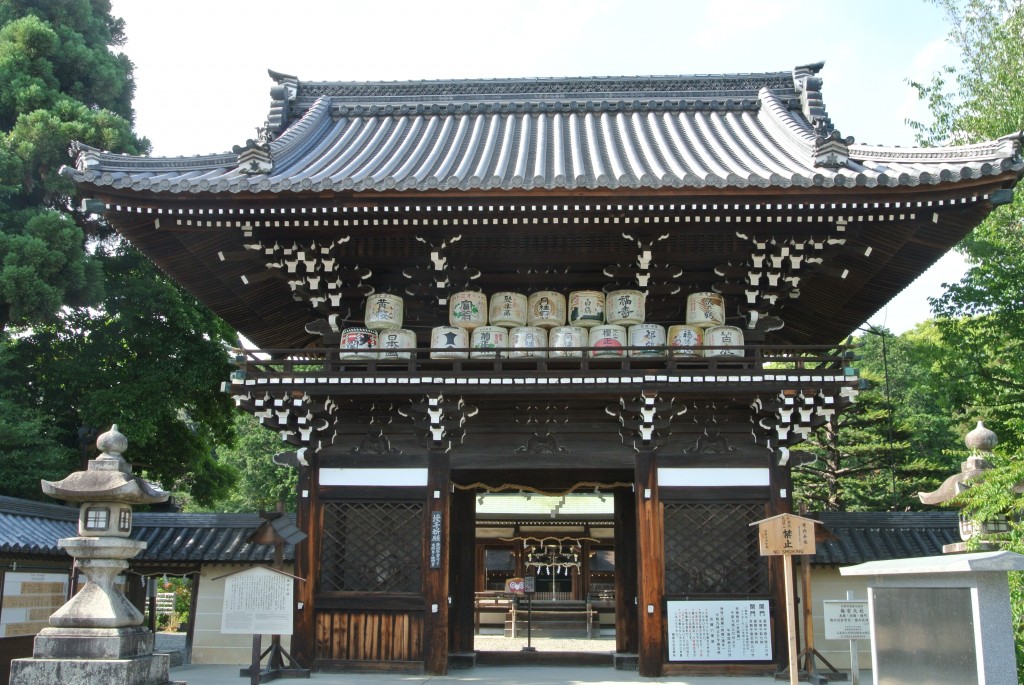
The entrance gate to the shrine, with saké barrels. The shrine has strong saké connections.
Kyoto has so many treasures it would take more than a single lifetime to get to see them all. Though I’ve lived here for 20 years and written a book about the city, I’d not come across Umenomiya Taisha over in the west of the city, near Matsuoo Taisha. After my visit yesterday, it’s hard to understand how it could have passed me by.
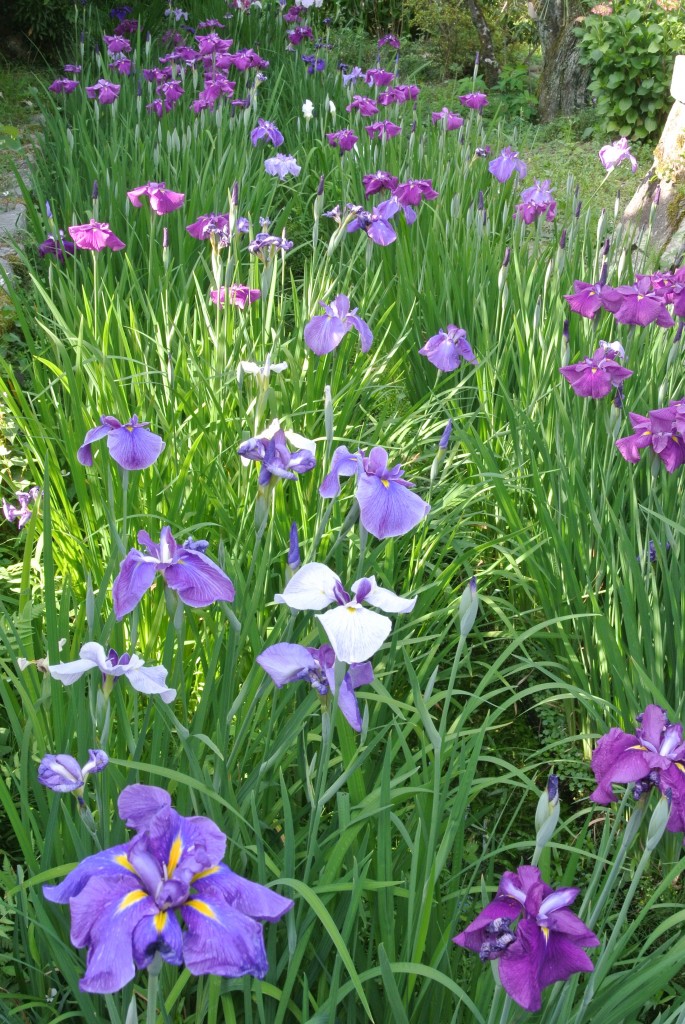 Umenomiya was once a high-ranking shrine with strong imperial connections. It boasts a large wooded pond area adjacent to the compound, where seasonal flora are on display throughout the first half of the year. At the moment it’s full of iris, azalea and hydrangea. Simply stunning!
Umenomiya was once a high-ranking shrine with strong imperial connections. It boasts a large wooded pond area adjacent to the compound, where seasonal flora are on display throughout the first half of the year. At the moment it’s full of iris, azalea and hydrangea. Simply stunning!
The shrine was founded around 1300 years by the Tachibana family and relocated to its present location in the early Heian period. It is dedicated to the mythical Oyamazumi no mikoto, father of the beautiful Princess Konohana no Sakuya, associated with Mt Fuji. The story goes that he was so delighted with his daughter’s first child that he invented saké to celebrate the occasion, and the shrine is popular to this day with saké brewers.
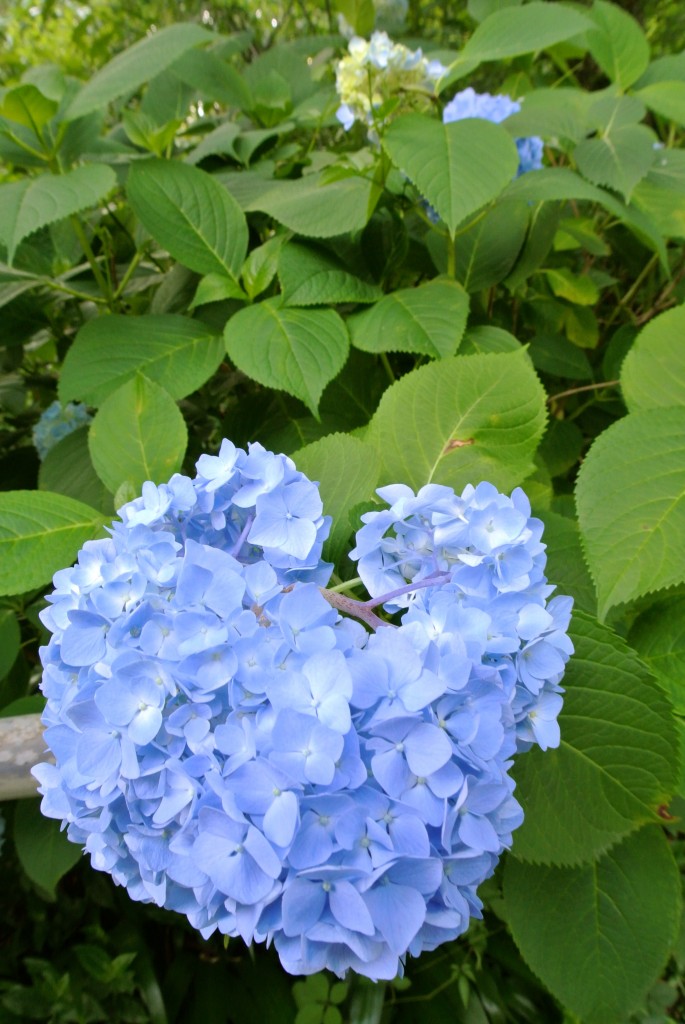 According to tradition, Konohana no Sakuyahime gave birth to a god on the day following her marriage to Ninigi no mikoto (ancestor of the imperial line). The speed with which she bore the baby led to her being patronised as a goddess of easy childbirth, as a result of which pregnant women come to pray for a safe delivery. The association with childbirth is furthered by a stone to the right of the Honden known as Matage ishi (Matage rock), for it’s said that the Empress Danrin who had been childless was able to conceive after stepping over it. She took some of the white sand in which the rock stands and spread it under her bed, which supposedly eased her in giving birth.
According to tradition, Konohana no Sakuyahime gave birth to a god on the day following her marriage to Ninigi no mikoto (ancestor of the imperial line). The speed with which she bore the baby led to her being patronised as a goddess of easy childbirth, as a result of which pregnant women come to pray for a safe delivery. The association with childbirth is furthered by a stone to the right of the Honden known as Matage ishi (Matage rock), for it’s said that the Empress Danrin who had been childless was able to conceive after stepping over it. She took some of the white sand in which the rock stands and spread it under her bed, which supposedly eased her in giving birth.
The garden area is home to the attractive Sakuya Pond, in which a thatched teahouse stands on a small island. Water lilies, azalea, and irises throng the borders of the pond, and in the surrounding grounds is a dazzling diversity of hydrangea. A short distance away, through a thicket of plum trees and bamboo, lies the Magatama Pond, so-named because of its shape.
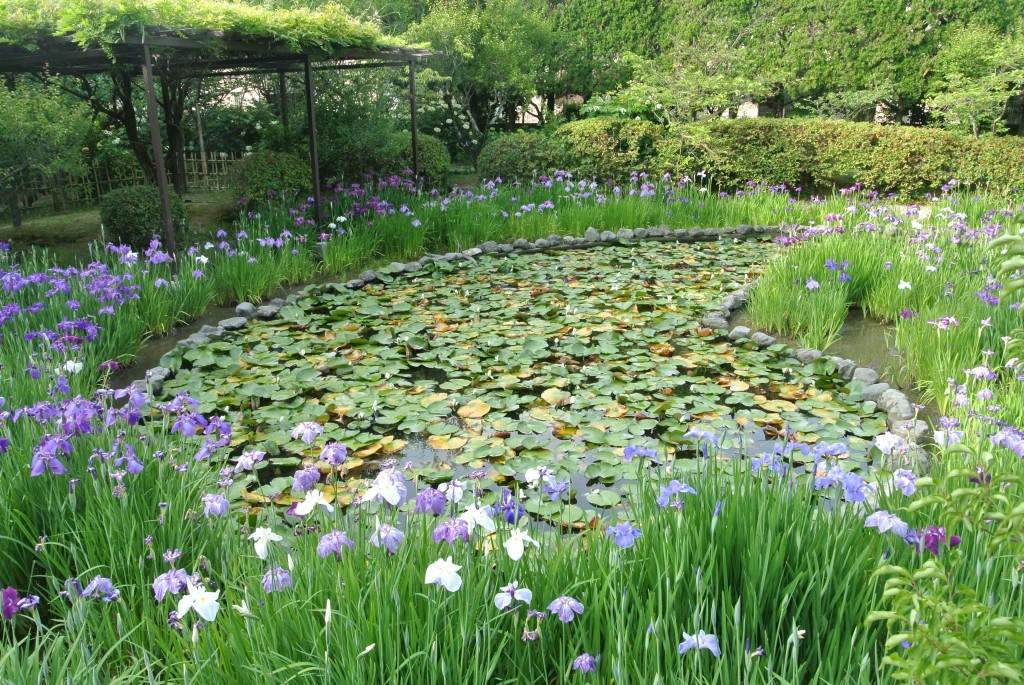 Since the word for ‘giving birth’ is similar to plum (ume), there are about 500 plum trees at the shrine and pickled plums are on sale at the office. When the eighteenth-century Shinto scholar Motoori Norinaga donated a plum tree, he penned a short verse to go with it…
Since the word for ‘giving birth’ is similar to plum (ume), there are about 500 plum trees at the shrine and pickled plums are on sale at the office. When the eighteenth-century Shinto scholar Motoori Norinaga donated a plum tree, he penned a short verse to go with it…
May a plum be planted,
nay, may a thousand
or eight thousand be planted
so that seen from afar
they appear as a sacred shrine fence
Here at Umenomiya is the very best of Shinto – ancestral devotion allied to a deep love of nature. The gods are rooted in rock, and the human heart stirred by the exquisite beauty of a divinely appointed world. Continuity stretches way back into a mythical past, and there’s a sense of gratitude for a world of wonder inherited from former times. In such surrounds one feels blessed indeed.
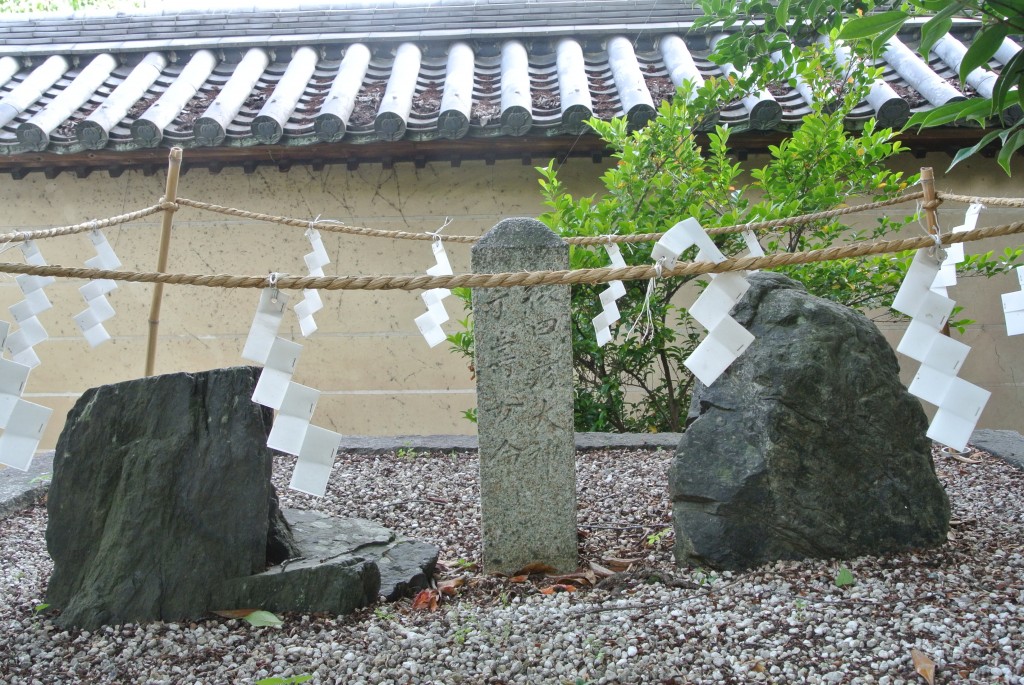
Rocks representing Sarutahiko and Ame no Uzume
Umenomiya’s seasonal round
plum blossom – mid Feb to mid March
camellia – Nov to April
daffodil – early April
double cherry blossom – mid-late April
Kirishima azalea – late April
Hirado azalea – early May
iris variety – late April to early May
iris variety – late May to early June
hydrangea – June
Third Sunday of April – cherry blossom festival with gagaku
May 3 – Shinko Festival, when mikoshi are carried around the vicinity
Last Sunday of August – some five hundred children participate in a sumo competition
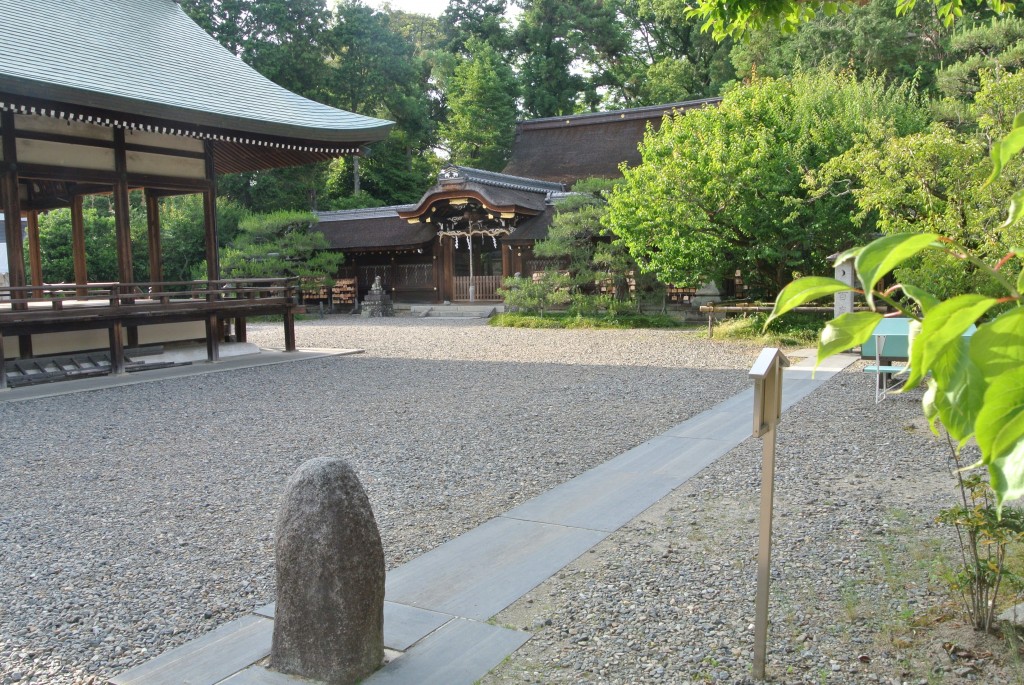
The main compound with the Hyakudo mairi (One hundred times) markers in the foreground. Devotees walk between the two rocks 100 times with a deep wish in their hearts, paying respects to the kami at the start and end at the Worship Hall.
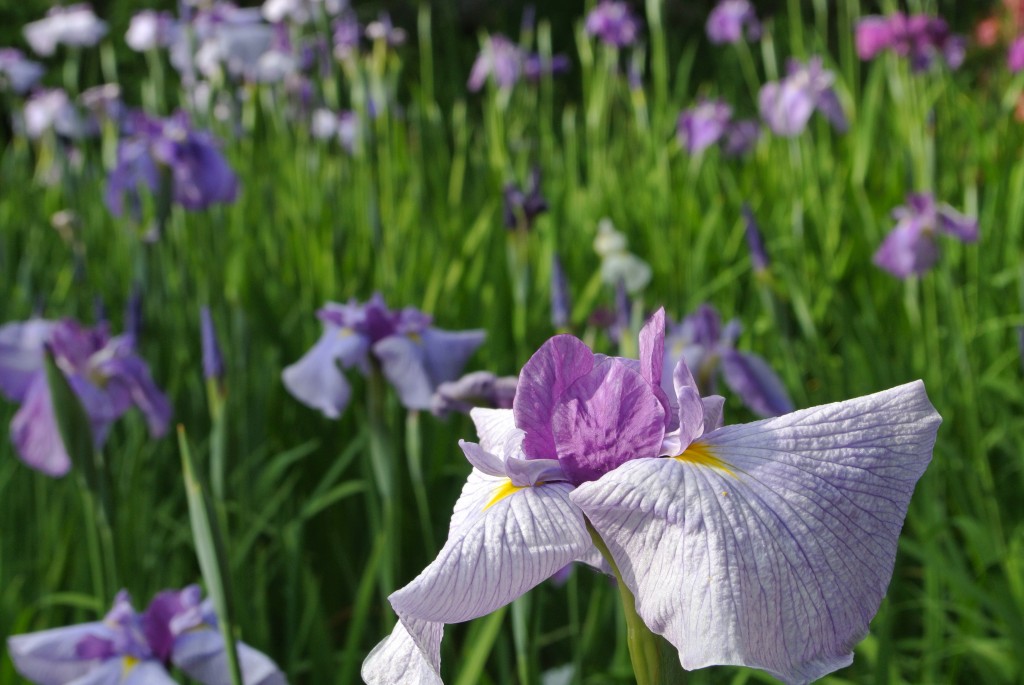
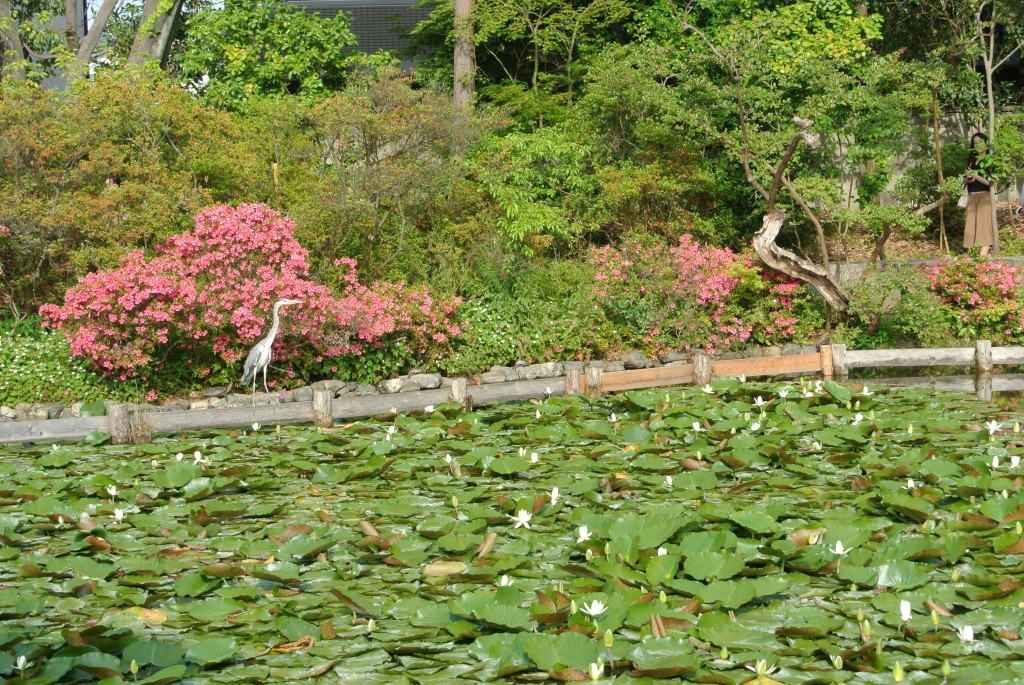
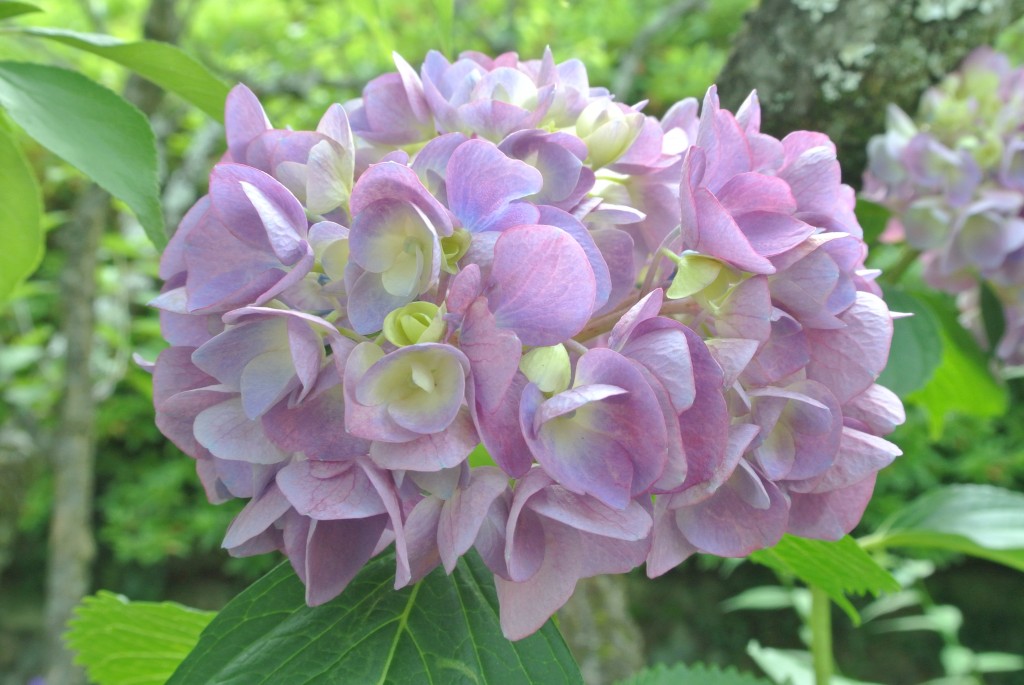
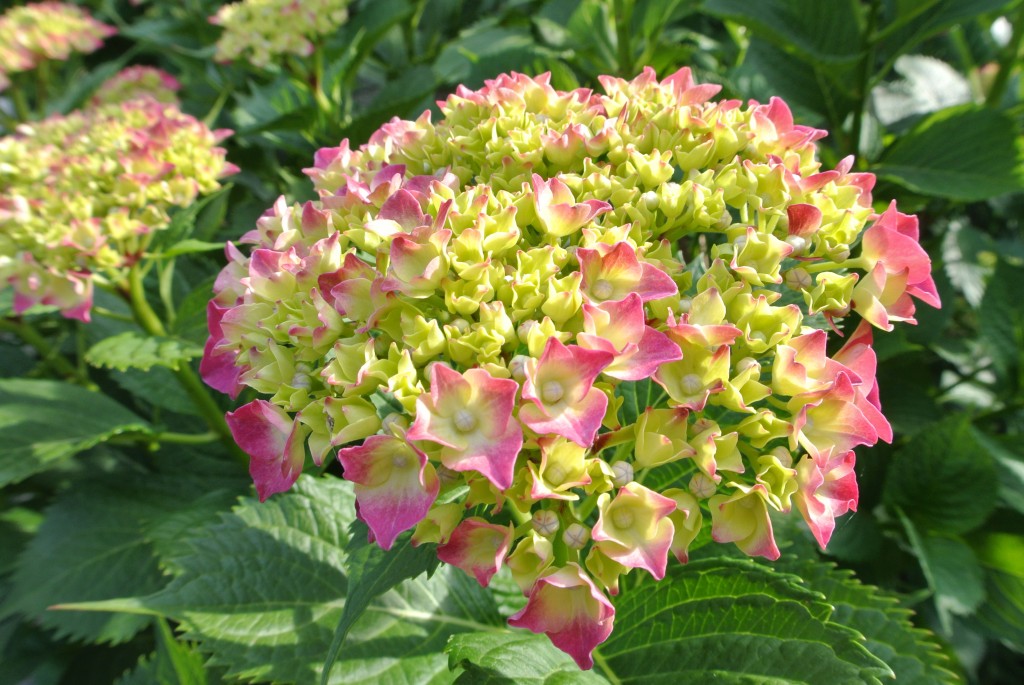
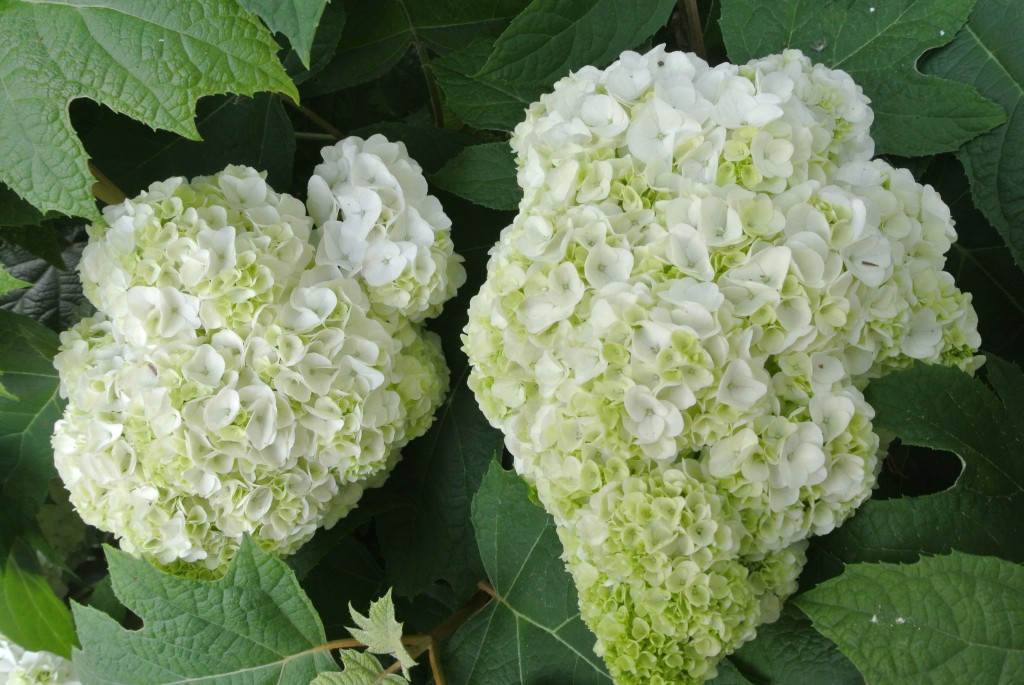
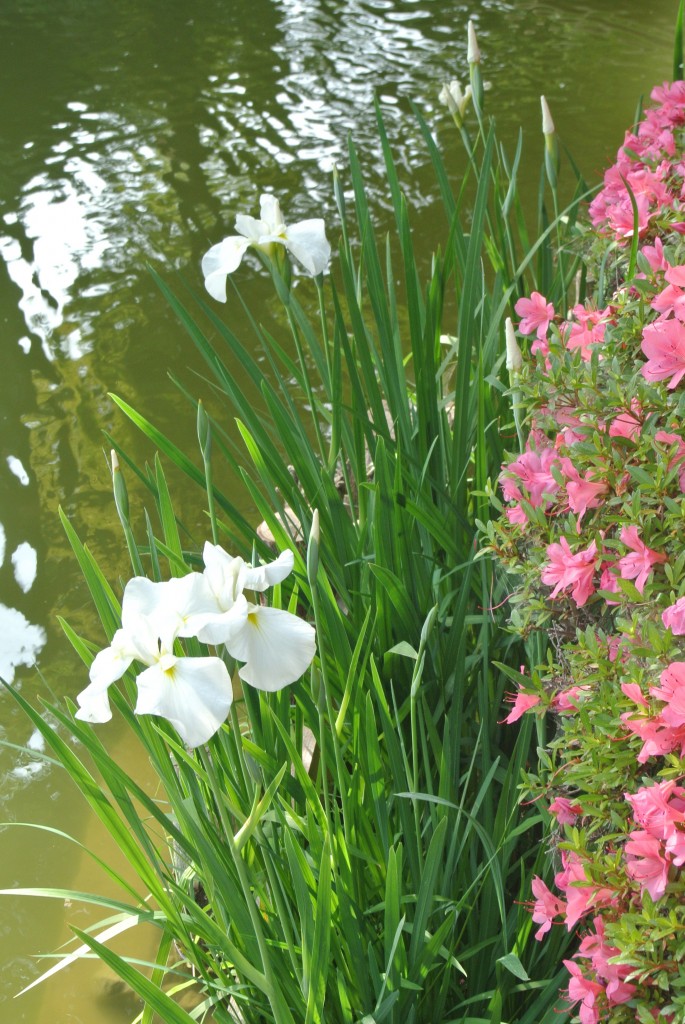

What a wonderful discovery John. Such a fascinating history. The seasonal display of flowers sounds like it would be worth revisiting. Your image of the irises and the magatama pond is particularly entrancing. Are there are other ponds of that shape that you know of? The overall setting looks lovely as well. A blessing indeed.
Yes, a great discovery indeed, and on my recommendation I know of at least three other people who have visited and been impressed… I’ll certainly go back, though west Kyoto is almost like visiting a different town, it’s so far afield and off my beaten track. (As for magatama-shaped ponds, there’s one at the Outer Shrine at Ise and I’m sure there must be others too that I’m not aware of…)
I visited this shrine a couple of weeks ago, and it was actually one of the high points of my two-week trip to Japan. It’s just a perfect jewel of a shrine. There were only a few other folks there at the time, but I saw three cats who seemed very much at home on the grounds.
Thank you, Ashley. I’m glad you found your way to the shrine, as it’s not well-known even to residents of Kyoto, because of being overshadowed by a dozen or so more prestigious shrines. The cats are a bonus – the city authorities recently made it a crime to feed stray cats (!) and are eager to round up any freedom loving pets and exterminate them. If those cats have carved out a sanctuary for themselves, it’s very good news!